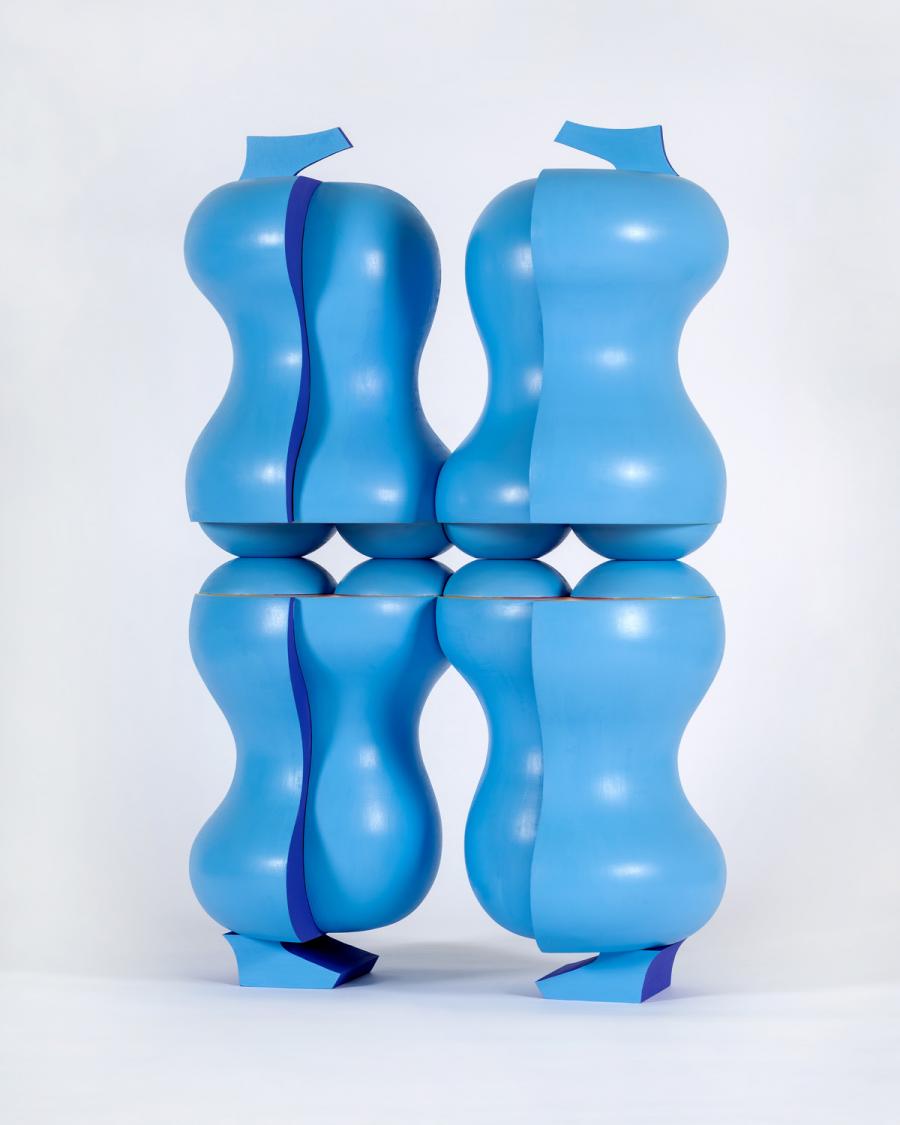A brief history of Berlin exclusivism
A brief history of Berlin exclusivism

I was minding my own business one post-2020 afternoon (yesterday) when scrolling through the ad-lgorythm that is Instagram these days; I happened upon the latest Berlin art venture: the Clubhouse. An experience so exclusive it might as well not exist. It is an app. But sound only. Also; Invite only—only two invites per invitee. Covid can spread faster than that.
Access is a currency in the art world. Or at least it was until we got stuck using the world wide web to sell stuff. Should we really be doubling down on exclusivity in a post-Covid world? Are questionable notions like online waiting rooms and invite-only apps the way forward? And most importantly, did exclusivity ever work in the Berlin art scene?
(spoiler alert: it didn't)
Come, gather close oh ye Gen Ys for a brief history of Berliner exclusivism and how well that went for everyone involved. Remember how Index used to be run by a gallery committee deciding which gallery spaces are Index worthy and which do not quite make the cut? (Reminder Index is a database, an information source- it is in the title). Berlin project spaces, so called off spaces, and some galleries were Index pariahs until, well, yours truly decided to do something about it. Doing PR work for Grimmuseum I noticed Index did not respond to my second or third polite follow up (you have to follow up, kids, you do). I said to Enrico, ha, I think they are snubbing us! Let's make our own map. I started emailing project spaces and scribbled the budget on a pizza box. Fast forward a few years, Grimmuseum, many other project spaces, and some of the formerly excluded galleries are proud members of both Bpigs and Index. Index now runs a series called Sundays Open, which I find to be only slightly ironic.
Remember the big Berlin Soho House opening in circa 2009 with rivers of cocaine, alcohol, and a wall drawing by Damien Hirst ( a cow? A hippo?)* – Soho was exclusive as they come. No ties, no suits, no problem. But it was also based in Berlin, where none of us (the no tie people) could afford a 5 Euro meatball. So they gave a swarm of Berlin artists, really almost every single Berlin artist, free two-year membership and a whole bunch of monopoly money (club credit) in exchange for black and white artworks. Fill up the walls, fill up the club, a win-win. Some artists (allegedly) burnt up their credit in a single night ( ahem, Tjorg), some littered the fancy couches and pool with their friends for years to come. None of them renewed their membership.
Remember Artforumgate? I am a bit fuzzy on the details myself as a young non-insider that spent that decade drinking (more info here). A group of the Cool Kids galleries (kinda the same as the Index crew by this time affectionately called by the press KUNSTMAFIA) decided to start their Cool Kids fair and called it Art Berlin Contemporary. It was, you guessed it, invite-only. So really, Art Berlin Contemporary Few. Abc forced Artforum into obsolescence pretty damn fast, as there are no Berlin collectors, to begin with. Meanwhile, Eigen Art got left out of Art Basel (twice!) by yet another gallery committee (yep. same people). As did Giti Nourbakhsch, who subsequently closed her Berlin gallery in protest with a youtube video dance called “Thanks” (Fhanks: Fuck you, thanks). Abc was the only art fair in Berlin for a while, and everyone was like, ok, let's commit but still, no collectors. It went through a few rapid-fire makeovers, chicken wire, no chicken wire, more galleries, more artists per gallery; I think it even dropped the "Contemporary" (no need to be hip, just any collectors would do) at some point. It crashed and burned anyway. Somewhere along the line, Kamm gallery closed as well. Not in protest, in bankruptcy. (no malice, just saying)
*It was a shark. Duh